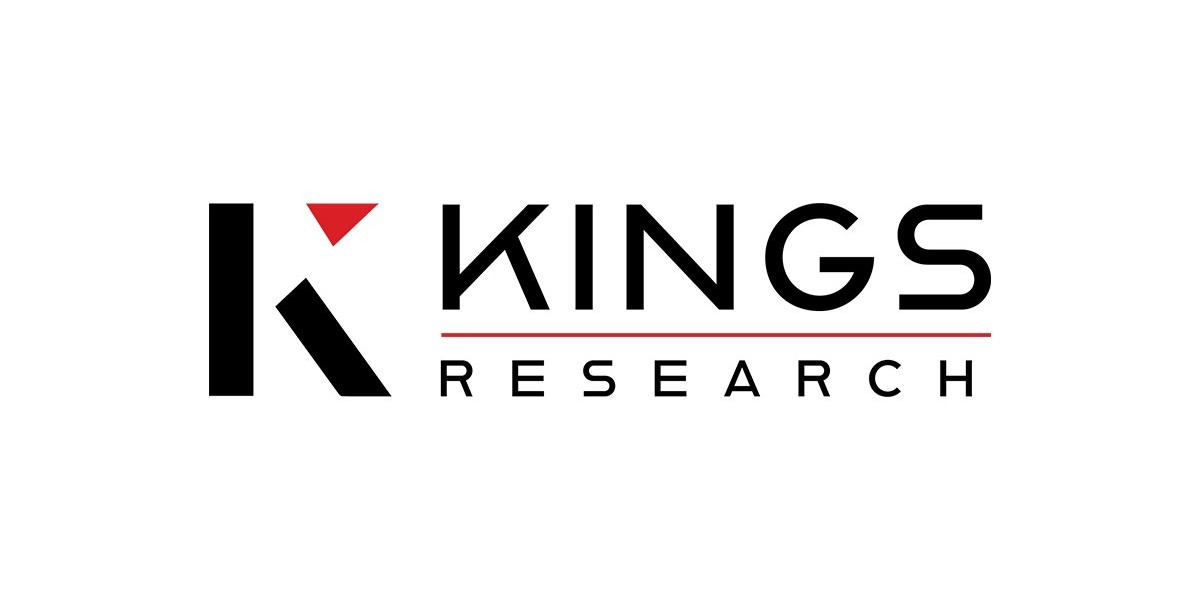Demand forecasting lies at the heart of effective business planning and operations. It provides crucial insights into future market trends, enabling businesses to optimize their resources, streamline production, and meet customer demands efficiently. With the advent of artificial intelligence (AI), demand forecasting has undergone a significant transformation, ushering in a new era of accuracy and predictive power. However, the success of AI-based demand forecasting hinges upon several key factors that significantly influence its effectiveness.
The Evolution of Demand Forecasting with AI
Traditionally, demand forecasting utilized statistical methods and historical data analysis to project future demand patterns. Although effective to an extent, these methods often struggled to fully grasp the complexities and nuances of consumer behavior, potentially leading to less accurate forecasts. The advent of artificial intelligence (AI) has revolutionized this field, offering a significant advancement in predictive capabilities. AI algorithms, particularly those driven by machine learning and advanced analytics, can process and analyze vast quantities of data far beyond the capacity of traditional methods.
They excel in detecting complex patterns and trends that may be invisible to human analysts. This capability enables AI-driven demand forecasting to achieve higher accuracy by incorporating a broader array of variables, including consumer sentiment, market conditions, and even global economic indicators. The result is a more dynamic and precise forecasting process, which equips businesses to make better-informed decisions, thereby enhancing operational efficiency and strategic planning.
Data Quality and Quantity: The Bedrock of AI-Based Forecasting
At the core of AI-based demand forecasting lies data – both in terms of quality and quantity. High-quality data ensures that AI algorithms can identify meaningful correlations and trends, leading to more precise predictions. Moreover, the sheer volume of data available today allows AI models to capture the subtleties of consumer behavior across different segments and markets. However, ensuring data quality and relevance remains a constant challenge for businesses, requiring robust data governance frameworks and sophisticated data cleansing techniques.
The Role of Machine Learning Algorithms
Central to AI-based demand forecasting are the machine learning algorithms that power the predictive models. These algorithms, ranging from traditional regression analysis to more complex deep learning techniques, play a critical role in analyzing data, identifying patterns, and making accurate predictions. The choice of algorithm depends on various factors, including the nature of the data, the forecasting horizon, and the desired level of granularity. Continuous refinement and optimization of these algorithms are essential to enhancing forecasting accuracy over time.
Historical Data Analysis: Unraveling Patterns of the Past
Historical data serves as the cornerstone of AI-based demand forecasting, providing valuable insights into past trends and consumer behavior. By analyzing historical data, AI algorithms can identify recurring patterns, seasonality trends, and demand drivers, allowing businesses to anticipate future demand with greater accuracy. Techniques such as time-series analysis, trend decomposition, and seasonality adjustment are commonly used to extract meaningful insights from historical data and inform forecasting models.
Incorporating External Factors: Beyond the Numbers
In addition to internal data sources, AI-based demand forecasting takes into account a myriad of external factors that influence consumer behavior and market dynamics. Economic indicators, geopolitical events, weather patterns, and competitive actions are just a few examples of external factors that can impact demand patterns. By integrating external data sources into forecasting models, businesses can gain a more comprehensive understanding of market trends and make more informed decisions.
Market Trends and Seasonality: Navigating the Ebb and Flow
Understanding market trends and seasonal variations is crucial for accurate demand forecasting. AI algorithms excel at identifying and analyzing market trends, enabling businesses to adjust their strategies and resources accordingly. Moreover, AI-based models can detect seasonal patterns and fluctuations, allowing businesses to anticipate peak demand periods and optimize their inventory management and production planning processes.
Customizing Models for Business Specific Factors
Every industry and business sector has its unique characteristics and demand drivers. AI-based forecasting models need to be customized to accommodate these specific factors, ensuring that the predictions align with the realities of the business environment. Factors such as product lifecycle, market segmentation, and customer preferences need to be taken into account when developing forecasting models to ensure their relevance and accuracy.
Balancing Accuracy and Timeliness
One of the perennial challenges in demand forecasting is striking the right balance between accuracy and timeliness. While businesses strive for precise predictions, they also need timely information to make informed decisions. AI-based forecasting systems employ various strategies, such as ensemble modeling and real-time data integration, to optimize both accuracy and timeliness. Continuous monitoring and refinement of forecasting models are essential to maintaining this delicate balance.
The Path Ahead: Future Trends in AI-Based Forecasting
Looking ahead, the future of AI-based demand forecasting holds immense promise. Emerging technologies such as blockchain, the Internet of Things (IoT), and advanced analytics are poised to revolutionize the field, enabling businesses to achieve even greater accuracy, agility, and resilience in their forecasting processes. Moreover, advancements in AI algorithms, coupled with the proliferation of data sources, will continue to drive innovation and unlock new possibilities in demand forecasting.
Conclusion
In conclusion, AI-based demand forecasting represents a paradigm shift in the way businesses anticipate and respond to market dynamics. By leveraging the power of AI technologies and considering the key influencing factors discussed above, businesses can enhance their forecasting capabilities, drive operational efficiencies, and gain a competitive edge in today's rapidly evolving marketplace. As AI continues to evolve and mature, the possibilities for demand forecasting are limitless, offering businesses unprecedented opportunities for growth and success.
Predict your sales volume and demand trends with our Artificial Intelligence-based SaaS platform visit: https://thousense.ai/
Source: https://bresdel.com/blogs/515173/What-Factors-Significantly-Influence-AI-Based-Demand-Forecasting








